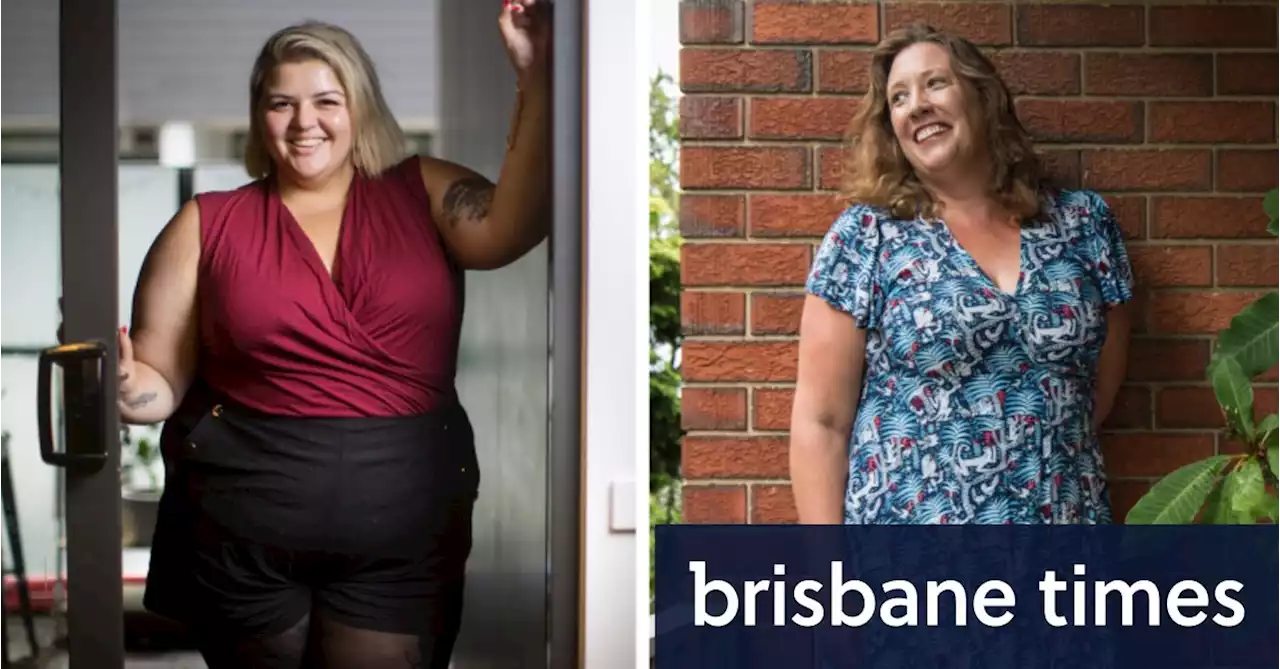About half the adult female population is size 14 or bigger, based on waist size data, but the clothing industry treats them as a niche market.
Credit:Plus-size clothing for women is generally defined as size 18 and up, but many women sit in the “mid-size” range from size 14 to 18. This is the no-woman’s land between regular brands, also known as “straight-size”, and “plus-size”.
Melburnian Lacey-Jade Christie, a former nurse turned body positivity and plus-size fashion influencer, understands these frustrations intimately, and then some.Christie, 32, who struggled with an eating disorder for most of her 20s, wears a size 26, putting her in the plus-size category.
Business analyst IBISWorld estimates the plus-size fashion sector’s revenue is $1.1 billion a year but this has grown only 1.7 per cent a year from 2016 to 2021, while the profit margin has shrunk. First, women’s sizes are not standardised, so the same woman can be different sizes in different brands.
This analysis of ABS figures suggests the typical woman at 18 or in her early 20s is a size 12 in most brands. By the time she hits her late 30s to early 40s, she is likely to be wearing a size 16 - but there will still be equally large numbers on either side. In the straight-size world, a size 12 costs more to make than a size 6 because of extra fabric, but the convention is that it will cost the same in order not to penalise people of different shapes and sizes. Christie says the same principle should apply to plus-size.
Solomon says the problem is not just with brands that don’t carry a 16, but also the inconsistency of sizes means the 16 might not actually fit any real-life size-16 bodies. The brands that do size inclusivity well, Christie says, employ fit models at bigger sizes as well, and may tweak the design to account for changing shapes, but it obviously adds costs.
